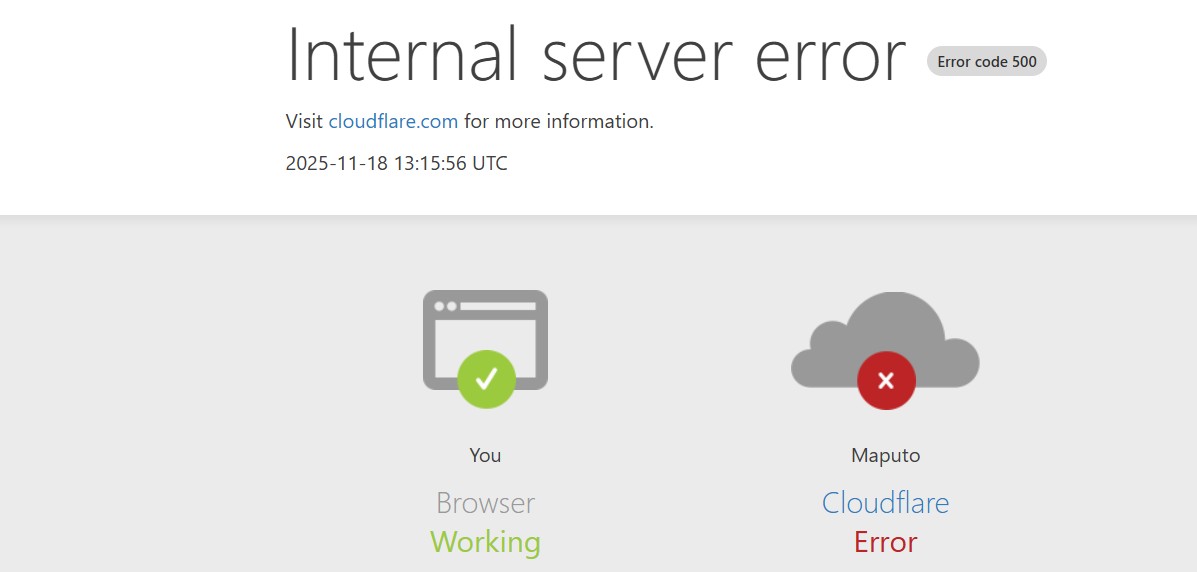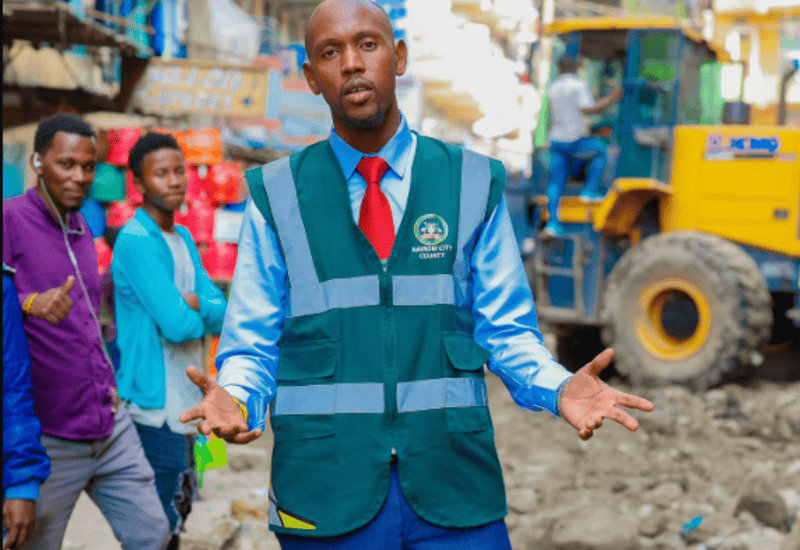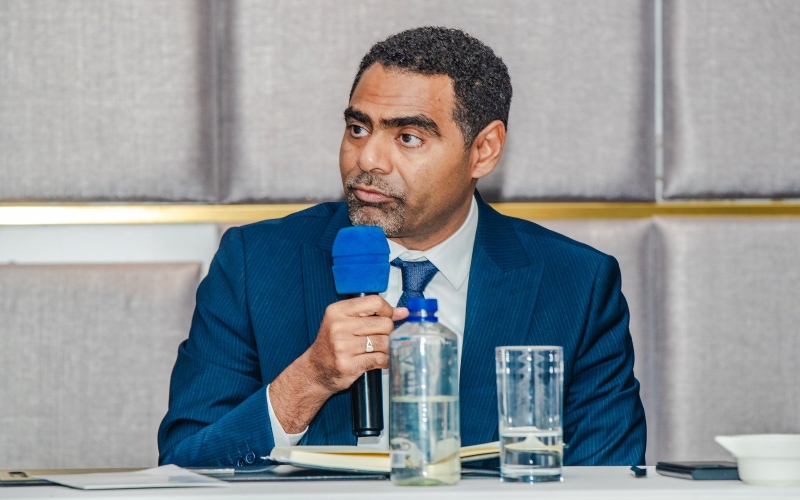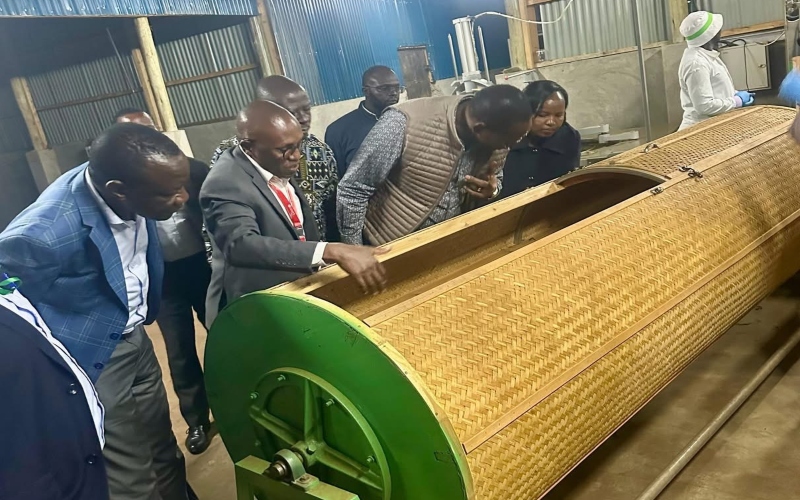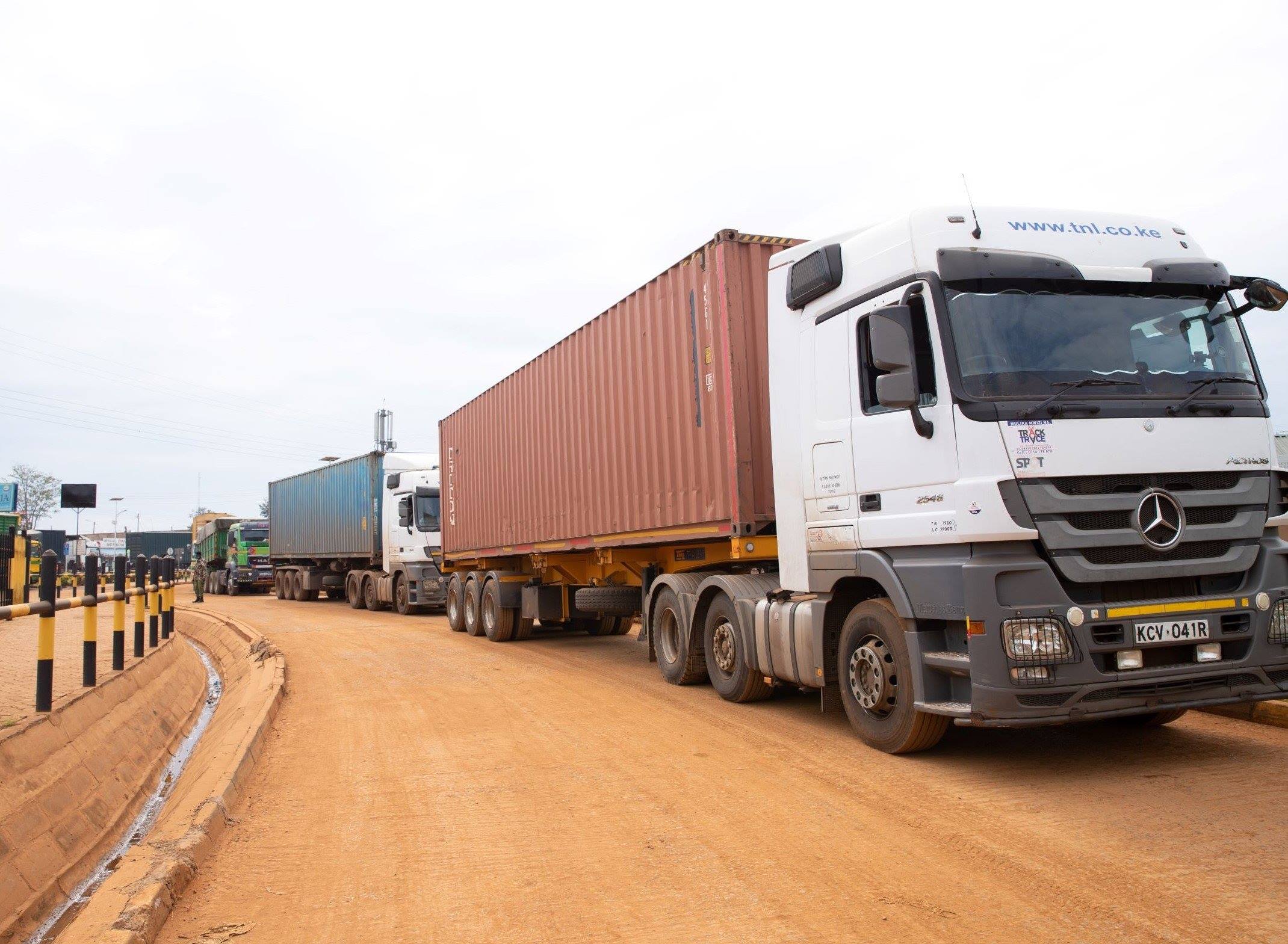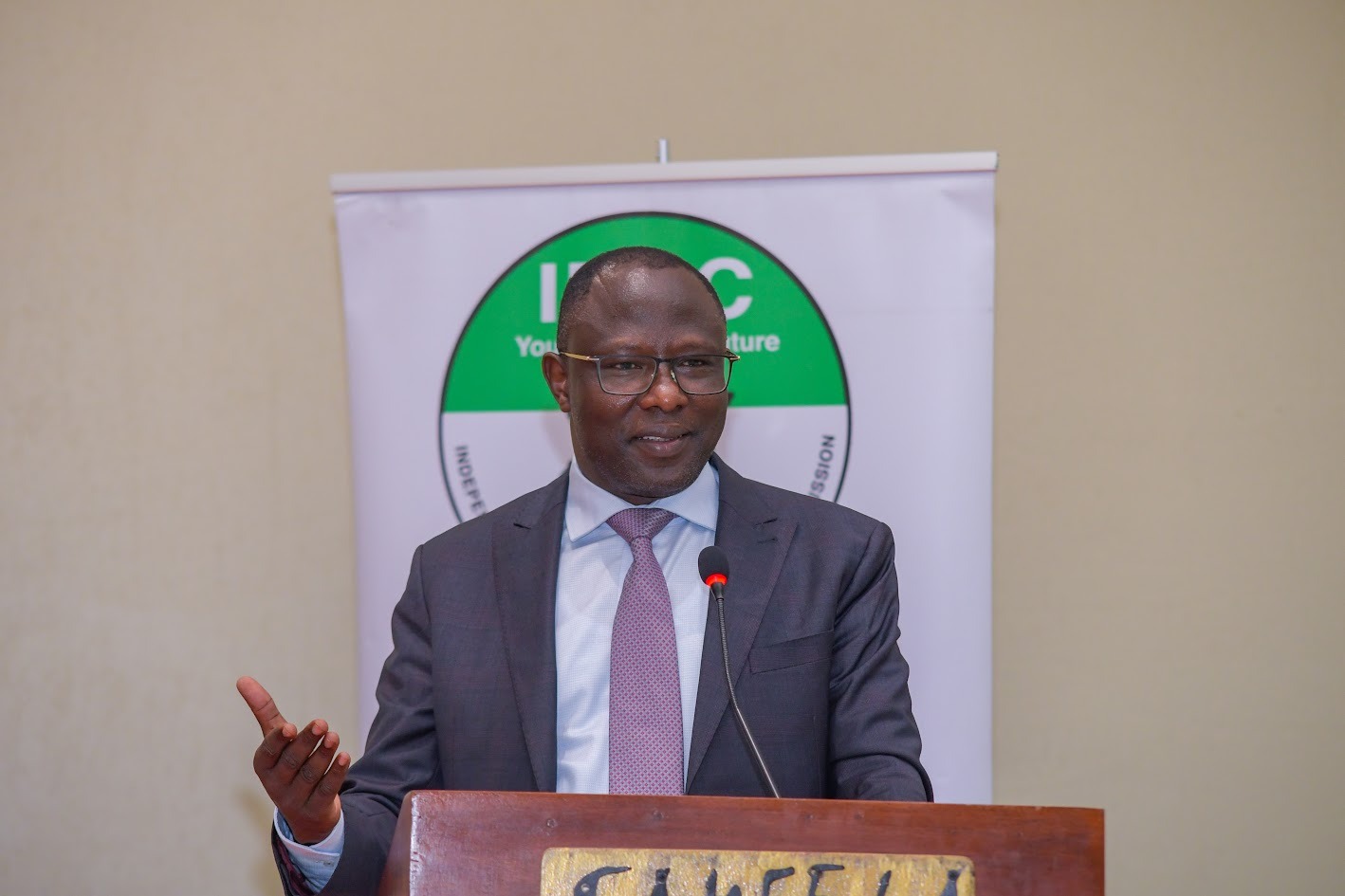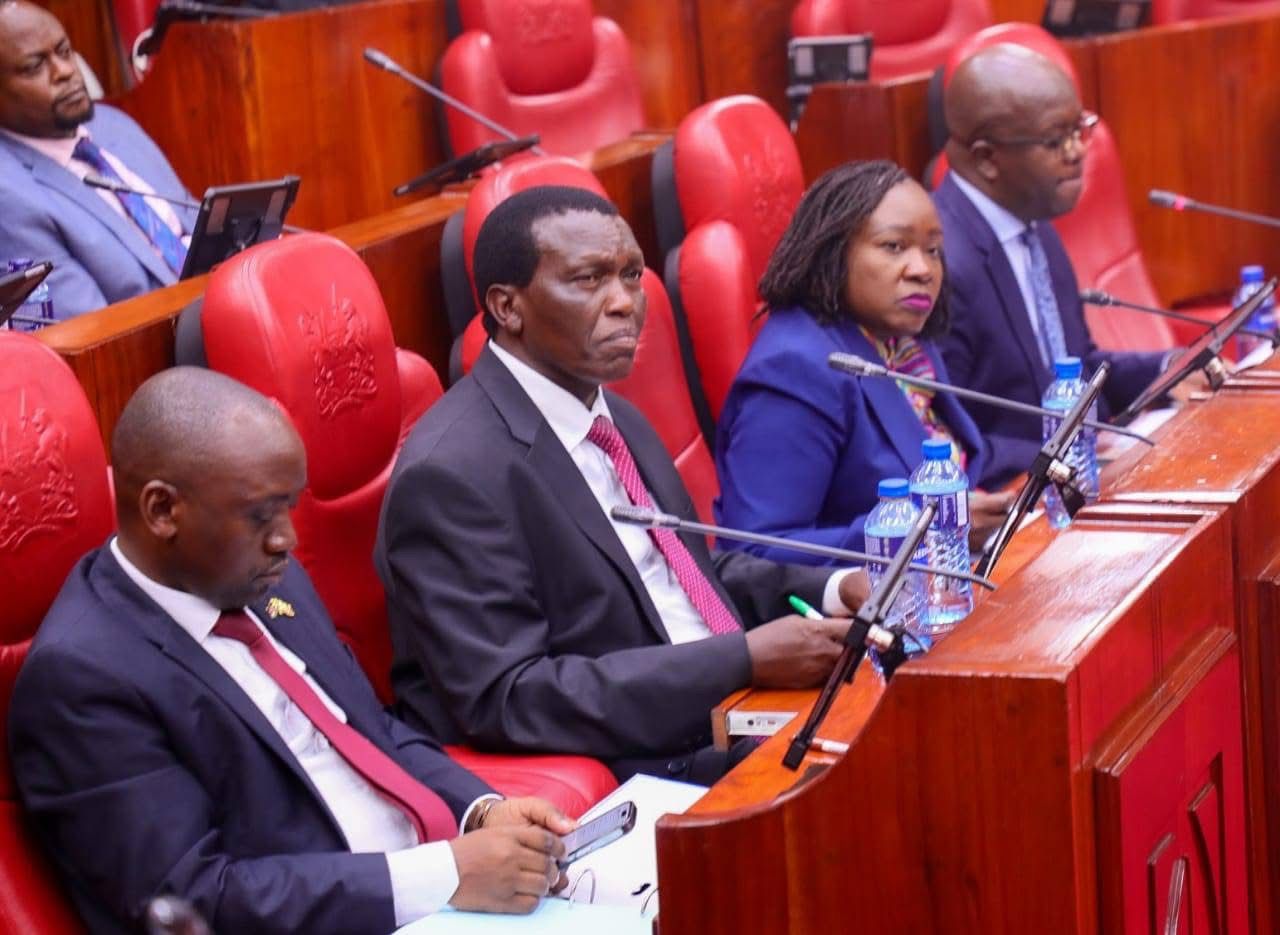How Kenya's adoption of single-dose HPV vaccine could boost fight against cervical cancer
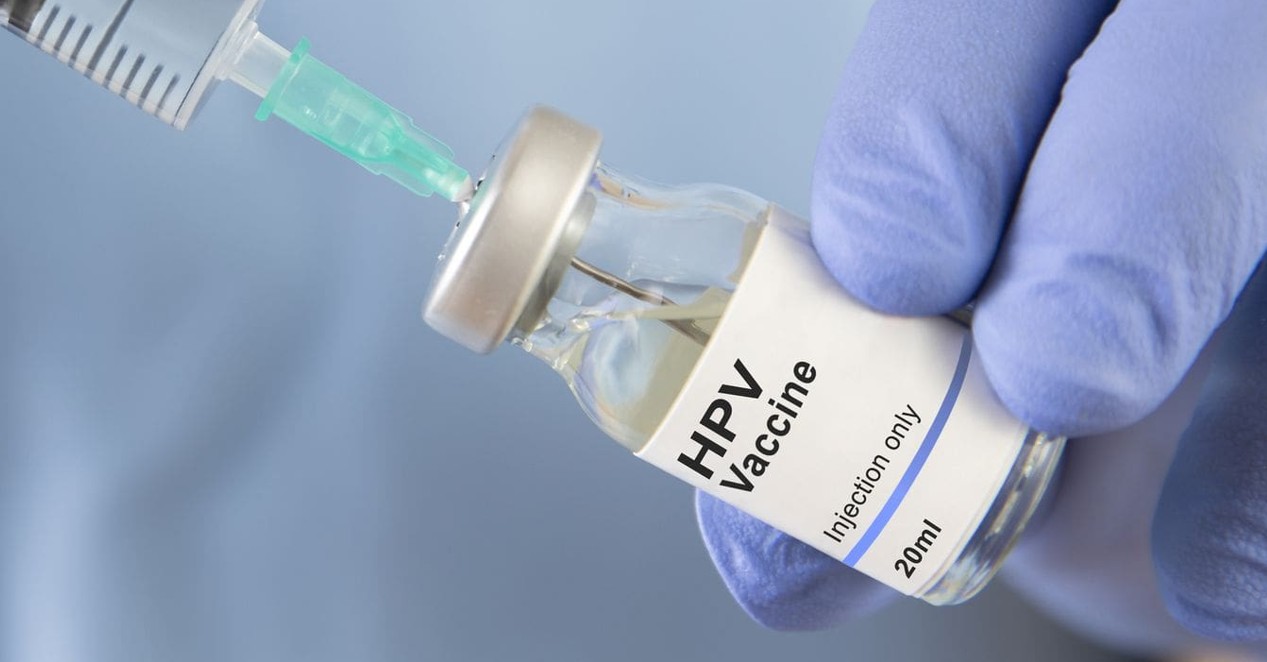
Cervical cancer remains a serious public health challenge in Kenya, killing at least nine women daily. The emotional and financial burden of treatment heavily affects families.
The gap between girls aged 9 and 14 receiving the first and second doses of the human papillomavirus (HPV) vaccine has widened over the years, as tracking children for the second dose becomes increasingly difficult.
Kenya’s move to adopt a single-dose HPV vaccine is expected to narrow this gap and improve overall vaccination completion rates. The vaccine protects against human papillomavirus infections, which can cause cervical cancer, as well as other cancers, including anal, penile, throat, and vulvar cancers, alongside genital warts.
More To Read
- Born too soon: The hidden burden of preterm birth, fight for survival
- Governors decry Health Ministry’s move to deny maternity funds to dispensaries
- Kamukunji rallies against vaccine myths as leaders take immunisation door-to-door
- MPs pass historic Bill regulating fertility treatments and surrogacy
- African nations pledge to boost local manufacturing of medical products
- Zambia approves injectable HIV prevention drug
According to the World Health Organisation (WHO), HPV vaccines are highly effective at preventing infections caused by the HPV types responsible for cervical cancer and related diseases.
Cervical cancer remains a serious public health challenge in Kenya, killing at least nine women daily. The emotional and financial burden of treatment heavily affects families. Yet, this suffering is largely preventable through vaccination, which protects girls before they become exposed to the virus.
Kenya introduced a two-dose HPV vaccination programme in October 2019, targeting 10-year-old girls. By 2021, coverage for the first dose had risen significantly, reaching about 77 per cent of eligible girls. However, uptake of the second dose lagged, with only 31 per cent completing both doses.
Early coverage was much lower: in 2019, just 5.8 per cent of eligible girls received the first dose, and almost none completed the second. In 2020, 13.1 per cent got the first dose, while only 3.7 per cent completed the second.
By 2022, these figures improved with 52.4 per cent receiving the first dose and 25 per cent completing both doses. Despite at least half the girls receiving the first dose by 2022, fewer than three in ten returned for the second.
The switch to a single-dose HPV vaccine could transform Kenya’s fight against cervical cancer, the country’s second deadliest cancer among women. With more than 3,000 deaths annually, low vaccine uptake driven by hesitancy and access barriers has hampered progress. The new approach offers a chance to protect more girls with fewer resources.
The Kenya Single-dose HPV-vaccine Efficacy (KEN SHE) Study, a randomised controlled trial conducted across Nairobi, Thika, and Kisumu, enrolled 2,275 women aged 15-20 years. Participants received either the bivalent (Cervarix) or nonavalent (Gardasil 9) vaccine.
Results showed that a single dose provides strong protection against persistent HPV infections over three years. Only three infections were recorded among vaccinated women, compared to 72 among unvaccinated participants. This indicates that one dose is nearly as effective as traditional multi-dose schedules.
These findings are crucial for low-resource settings, where follow-up for additional doses is difficult. A single-dose strategy can lower costs, ease delivery, and increase vaccine coverage, making a significant difference in preventing cervical cancer.
Local and global studies indicate up to 98 per cent protection from a single dose. Kenya now joins over 50 countries adopting the simplified schedule.
Globally, cervical cancer is the fourth most common cancer in women, causing around 350,000 deaths annually. Most occur in low- and middle-income countries where HPV vaccination and screening coverage remain limited. Since 2022, global HPV vaccine coverage has increased modestly, from 20 to 27 per cent, with only 23 per cent of adolescent girls in these regions vaccinated.
Starting October 2025, Kenya will transition from a two-dose to single-dose HPV vaccination, following a recommendation from the National Immunisation Technical Advisory Group (NITAG) affirming comparable protection from one dose.
Speaking at the 2025 CHIC (Coalition to Strengthen HPV Immunisation Community) symposium, Dr Amoth described the move as a major milestone in evidence-based innovation. He said it will make vaccination more accessible, affordable, and sustainable in Kenya, warning that without urgent action, daily cervical cancer deaths could more than double by 2040.
“Through the CHIC platform, we go beyond dialogue, we build partnerships, foster innovation, and develop lasting solutions to protect millions of girls. We're shaping science-led policies, improving implementation, and accelerating progress,” Dr Amoth said.
Kenya has made progress in HPV vaccination: first-dose coverage among girls aged 10-14 rose from 24 per cent in 2022 to over 60 per cent by the end of 2024, while second-dose coverage increased from 17 per cent to 30 per cent. These gains demonstrate readiness for the switch to a single-dose schedule.
Nonetheless, challenges remain. Dr Amoth stressed these numbers represent real lives - mothers, daughters, sisters, and future leaders. Urgent and sustained interventions are needed to avert preventable deaths.
The Kenyan Government is strengthening strategies to close vaccination gaps by enhancing adolescent-friendly health services, empowering health workers with communication tools, and using data to target underserved communities. The school-based vaccination programme is expanding to reach girls in primary grade five, in partnership with the Ministry of Education.
A study on the acceptability of the single-dose HPV vaccine among Kenyan health-care workers surveyed 385 professionals from Nairobi, Kisumu, and Kiambu counties. Most were nurses with about five years’ experience. Approximately 76 per cent found the single-dose schedule acceptable or very acceptable.
Health workers saw benefits in reduced burden on health systems and patients, easier tracking, time and cost savings, and improved access for girls in remote areas. However, vaccine hesitancy persists, driven by misconceptions and a lack of awareness.
Concerns include safety fears, side effects, and myths linking the vaccine to infertility. The study highlights the need for community education and health worker training to build trust and support for the single-dose strategy.
The WHO’s Global Strategy to Eliminate Cervical Cancer sets targets of 90 per cent HPV vaccination coverage by age 15, 70 per cent screening coverage at ages 35 and 45, and 90 per cent timely treatment for cervical disease. Kenya is aligning with these targets and positioning itself as a regional leader in elimination efforts.
Top Stories Today
